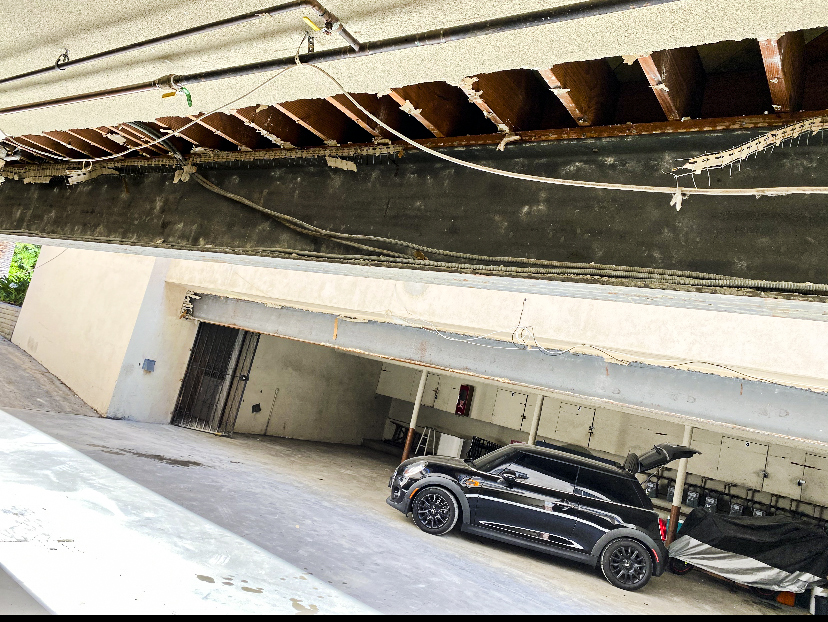Table of Contents
The year 2019 marked the 25th anniversary of one of the worst earthquakes to strike Southern California. In 1994, what is now known as the Northridge Earthquake, homes and businesses all over Southern California suffered major damage. This earthquake was a blind-reverse thruster that measured a 6.7 magnitude on the Richter Scale. With over $65 billion in damages, the Northridge Earthquake was a costly natural disaster for our nation.
Through the years of recovering from earthquakes, we have learned a lot about making structures safer. However, the Northridge Earthquake taught us even more, as it was one of the strongest quakes to rock Southern California. While the San Diego area is vulnerable to earthquakes, we learned from the 2019 earthquake that the threat of earthquakes in San Diego is bigger than first anticipated. The earthquake threat is enhanced in the San Diego area because of the Rose Canyon Fault, which was discovered to run straight through downtown San Diego.
Since 2019 thousands of buildings have been retrofitted to ensure they are able to withstand the next large earthquake. Soft story retrofit aids in making communities in Los Angeles safer as it adds the structural components needed to help buildings remain standing after a major earthquake. Not only does Los Angeles soft story retrofit make buildings safer for its inhabitants, but it also provides some major cost benefits for the owners of those buildings.
How Much Money Can Soft Story Retrofit Save Building Owners?
According to a study done by some Caltech researchers, Los Angeles soft story retrofit can help building owners save a lot of money, upwards of six to seven dollars for every dollar they spend on retrofitting. This study only looked at the money they could save by retrofitting their buildings. This study did not take into consideration the money these owners could save when factoring in death or injury losses, alternative living costs, and the loss of contents. When you factor in all of those expenses along with retrofitting the building, the cost savings are huge.
Caltech University researchers also conducted a second study about the cost-effectiveness of retrofitting buildings. This study looked at the annual loss and the cost-effectiveness of retrofitting buildings. These researchers found that if the projected annual loss was lowered by more than half and that the cost of retrofitting was less than 9% of the total cost to replace the building, then the retrofitting was deemed cost-effective.
The Federal Emergency Management Agency determined similar things in the two-year study they did on various seismic retrofitting scenarios throughout the state of California. FEMA strongly feels that even without considering the cost of the loss of life during an earthquake, the cost of retrofitting buildings is economically justified.
Benefits of Soft Story Retrofits
When looking at just how cost-effective soft story retrofitting is, there are a few important economic factors to consider. Not factoring in the earthquakes’ liability costs and the loss of income from the earthquake doesn’t give you a clear picture of how cost-effective these retrofitting’s are. Liability costs include the cost of damage done to the building and the death or injury of any of the people inside the building at the time of the quake.
Loss of income is one of the most important factors to consider when determining a Los Angeles soft story retrofit’s cost-effectiveness. Loss of income happens in a variety of ways, but after an earthquake, loss of income is taken into account if the building is damaged so badly that people are no longer allowed inside.
Loss of income doesn’t just happen with businesses not being able to conduct business as normal; it can also occur when a rental property is badly damaged as the tenants can no longer go inside. Not only do property owners lose their rental income, but they also have other expenses related to the damage caused by the earthquake, such as cleanup, building replacement, and repairs. All of these expenses are on top of having to continue making the monthly mortgage payment.
At Retrofitting 360, we strongly believe that a soft story retrofit is a great way to increase your building’s property value. A Los Angeles soft story retrofit increases property value because it extends the life expectancy of the building. With a soft story retrofit, your building has a better chance of withstanding the next major earthquake with minimal damage.
When you use Retrofitting 360 to soft story retrofit your building, you give your tenants peace of mind with a safe living environment. Not to mention a soft story retrofitted building is more appealing to future tenants because they are safer. Contact us today at Retrofitting 360, so one of our retrofit specialists can come out and perform a free site evaluation.


